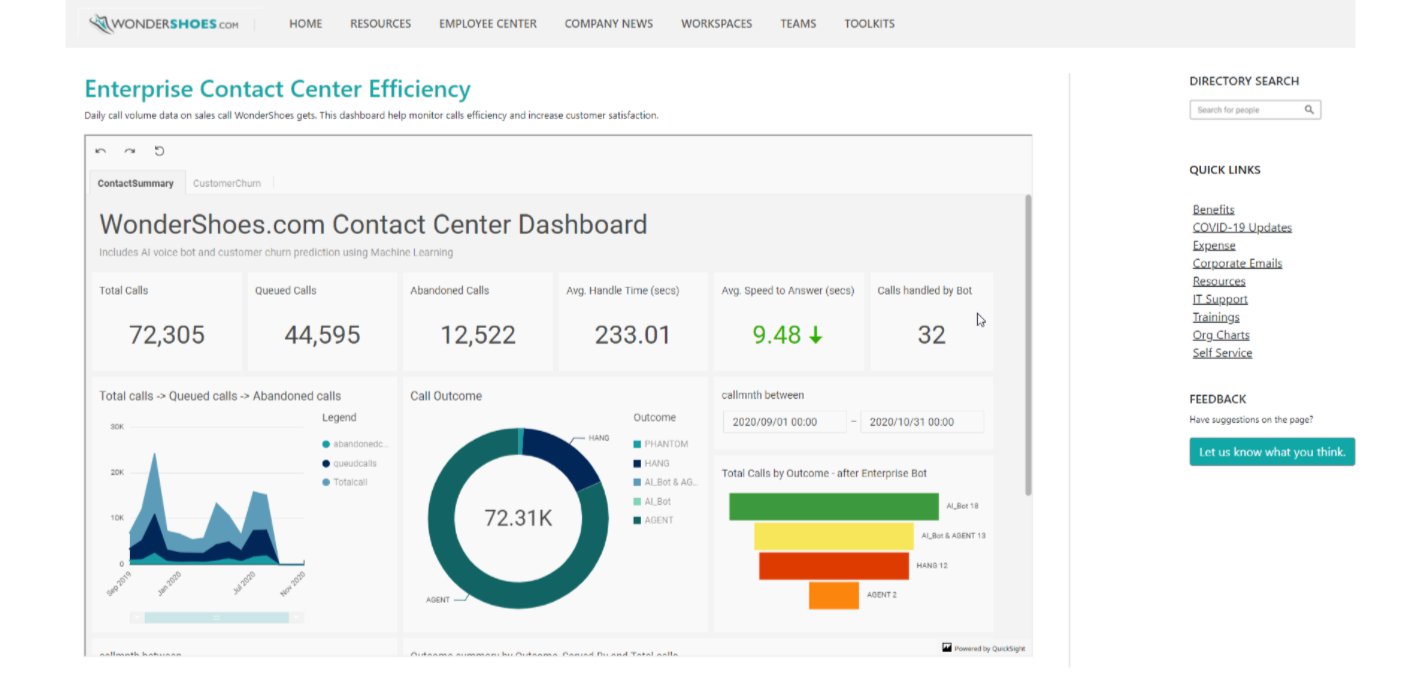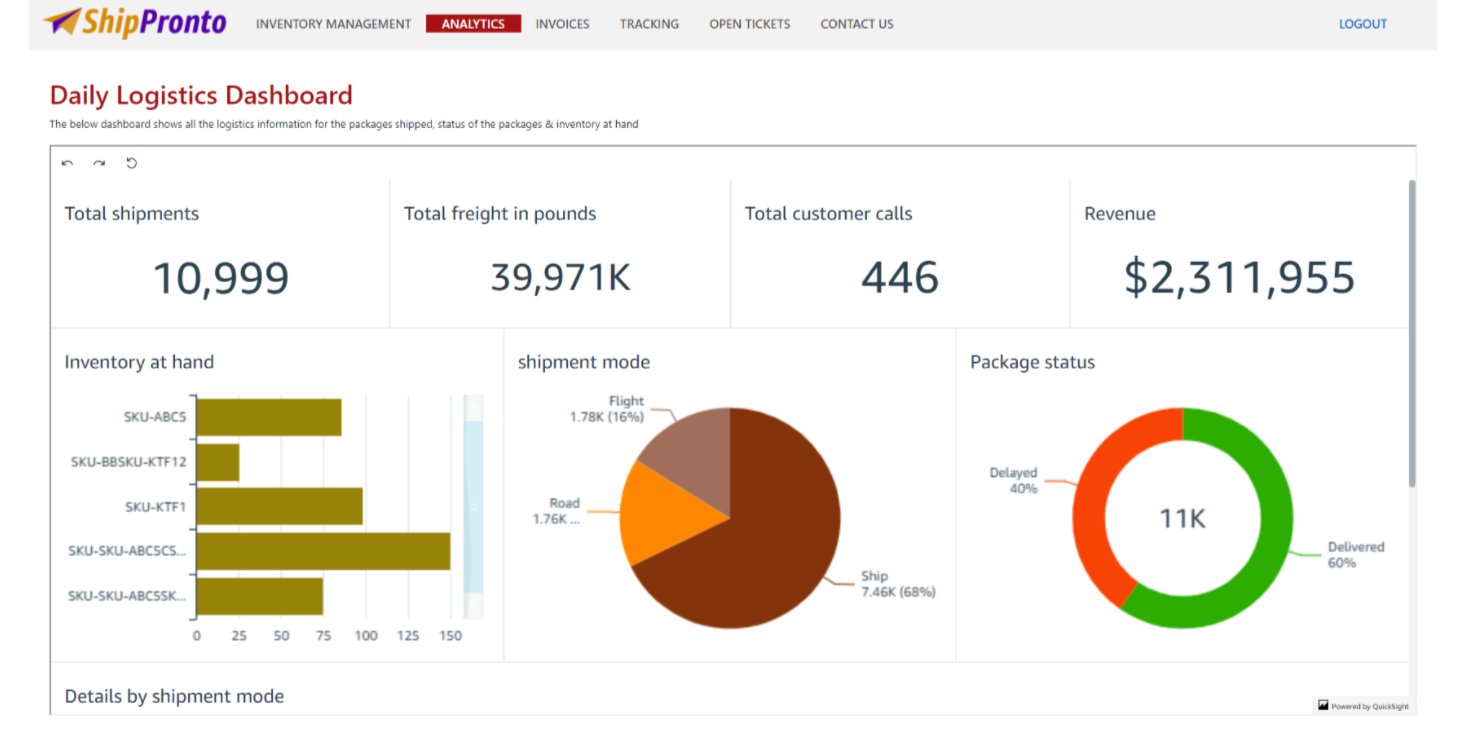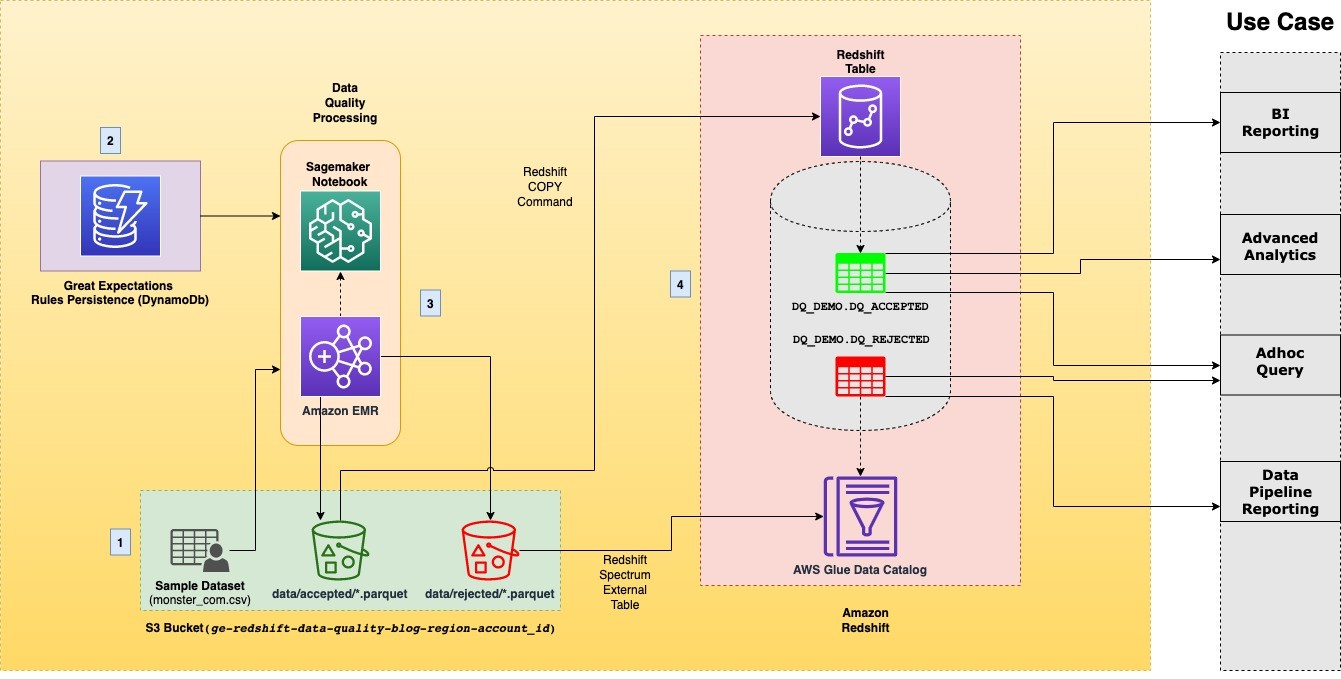AWS Big Data Blog
Category: Analytics
Amazon QuickSight: 2021 in review
With AWS re:Invent just around the corner, we at the Amazon QuickSight team have put together this post to provide you with a handy list of all the key updates this year. We’ve broken this post into three key sections: insights for every user, embedded analytics with QuickSight, scaling and governance. Insights for every user […]
Simplify Snowflake data loading and processing with AWS Glue DataBrew
May 2024: Connecting to Snowflake as a data source is now supported natively. To learn more, visit our documentation. Historically, inserting and retrieving data from a given database platform has been easier compared to a multi-platform architecture for the same operations. To simplify bringing data in from a multi-database platform, AWS Glue DataBrew supports bringing […]
Enforce customized data quality rules in AWS Glue DataBrew
GIGO (garbage in, garbage out) is a concept common to computer science and mathematics: the quality of the output is determined by the quality of the input. In modern data architecture, you bring data from different data sources, which creates challenges around volume, velocity, and veracity. You might write unit tests for applications, but it’s […]
Iterate confidently on Amazon QuickSight datasets with new Dataset Versions capability
Amazon QuickSight allows data owners and authors to create and model their data in QuickSight using datasets, which contain logical and semantic information about the data. Datasets can be created from a single or multiple data sources, and can be shared across the organization with strong controls around data access (object/row/column level security) and metadata […]
Embed interactive dashboards in your apps and portals in minutes with Amazon QuickSight’s new 1-click embedding feature
Amazon QuickSight is a fully-managed, cloud-native business intelligence (BI) service that makes it easy to connect to your data, create interactive dashboards, and share these with tens of thousands of users, either directly within a QuickSight application, or embedded in web apps and portals. QuickSight Enterprise Edition now supports 1-click embedding, a feature that allows […]
Send custom branded email reports from Amazon QuickSight
Amazon QuickSight is a fully-managed, cloud-native business intelligence (BI) service that makes it easy to connect to your data, create interactive dashboards, and share these with tens of thousands of users, either directly within QuickSight application, or embedded in web apps and portals. QuickSight Enterprise Edition now supports the ability to send custom branded email […]
Security considerations for Amazon Redshift cross-account data sharing
Data driven organizations recognize the intrinsic value of data and realize that monetizing data is not just about selling data to subscribers. They understand the indirect economic impact of data and the value that good data brings to the organization. They must democratize data and make it available for business decision makers to realize its […]
Choose the right storage tier for your needs in Amazon OpenSearch Service
Amazon OpenSearch Service enables organizations to perform interactive log analytics, real-time application monitoring, website search, and more. OpenSearch is an open-source, distributed search and analytics suite derived from Elasticsearch. Amazon OpenSearch Service offers the latest versions of OpenSearch, support for 19 versions of Elasticsearch (1.5 to 7.10 versions), and visualization capabilities powered by OpenSearch Dashboards […]
Provide data reliability in Amazon Redshift at scale using Great Expectations library
Ensuring data reliability is one of the key objectives of maintaining data integrity and is crucial for building data trust across an organization. Data reliability means that the data is complete and accurate. It’s the catalyst for delivering trusted data analytics and insights. Incomplete or inaccurate data leads business leaders and data analysts to make […]
Introducing PII data identification and handling using AWS Glue DataBrew
AWS Glue DataBrew, a visual data preparation tool, now allows users to identify and handle sensitive data by applying advanced transformations like redaction, replacement, encryption, and decryption on their personally identifiable information (PII) data, and other types of data they deem sensitive. With exponential growth of data, companies are handling huge volumes and a wide […]









